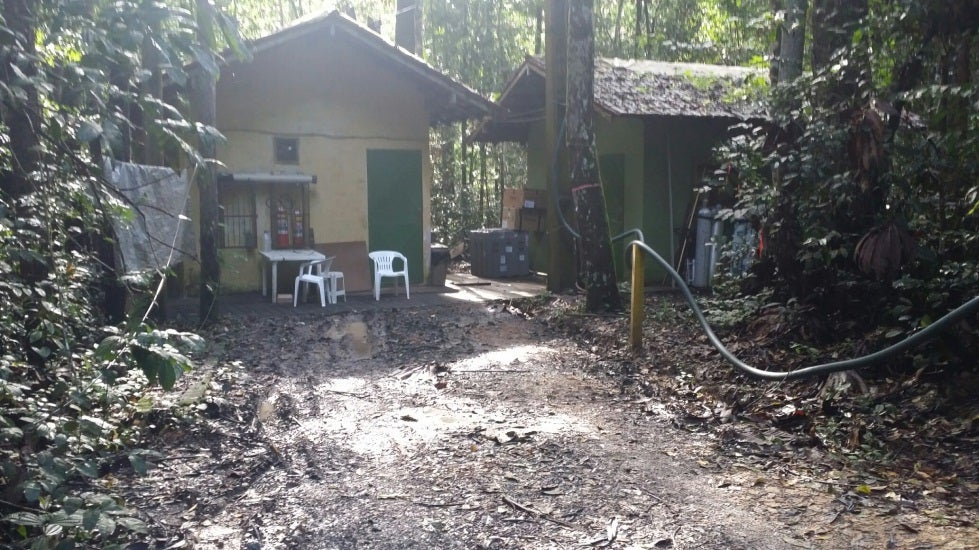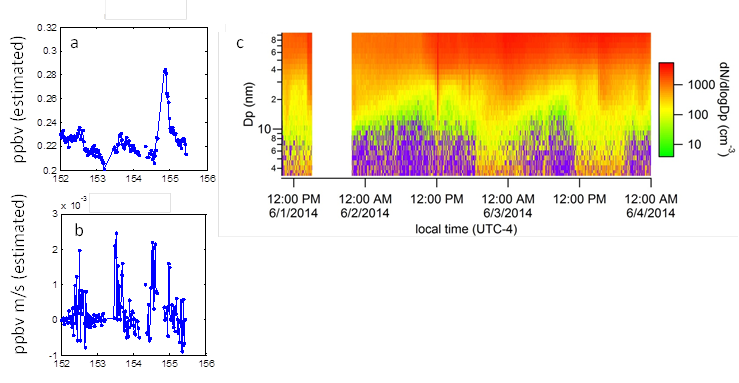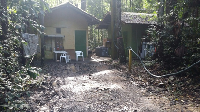Discovering the source of nanoparticles in Brazil’s Green Ocean
During certain times of the year, the atmosphere above Brazil’s Amazon Basin is so clean that it has prompted some scientists to refer to this region as the “Green Ocean.” Because its atmosphere is typically clean, changes in the atmosphere, such as the introduction of particles due to biomass burning or emissions of sulfur dioxide from power generators, can profoundly impact processes such as cloud formation, and thereby impact regional climate and precipitation.
During the past year, scientists from the Ultrafine Aerosols (UA) group in ACD have made frequent trips to the Amazon Basin in Brazil as participants in the Green Ocean Amazon (GOAmazon) Experiment. GoAmazon is the largest field study devoted to the understanding of atmospheric composition in the Amazon, with several ground sites as well as deployments of research aircraft from the US Department of Energy and the German Aerospace Center (DLR). ACD scientists are part of research team that is focusing on understanding the processes that control the source of aerosol particles in the Amazon. To this end, they are measuring gas-phase organic compounds, sulfuric acid and OH, and nanoparticle size and chemical composition in two locations: one near the town of Manacapuru south of Manaus and another in the Tapajós National Forest near Santarem.

Figure 1. Research station in Tapajós National Forest near Santarem, Brazil.
One of the most interesting preliminary findings from the Tapajós site is that dimethylsulfide, or DMS, appears to be emitted from the forest canopy. Figure 2a and 2b show daily cycles of concentration (plot a) and flux (plot b) performed by ASP postdoc and UA group member Jeong-Hoo Park using a Proton Transfer Reaction Time-of-Flight Mass Spectrometer (PTR-ToF-MS). If additional analysis of these data shows this to be correct, it could explain the relatively weak but frequent new particle formation events, such as those shown in Figure 2c from the same days as these DMS observations, that occur at the Tapajós site. DMS, a compound commonly associated with ocean emissions, is a precursor for sulfuric acid - a powerful agent for producing new particles in the atmosphere. While these results are still preliminary, they could provide another link between processes that take place in the blue ocean and those of this green ocean.

Figure 2. (a) Concentration and (b) upward flux of dimethylsulfide (DMS) from the rainforest near Santarem. DMS, a known precursor to aerosol nucleation, could have a role in the new particle formation events (c) observed concurrently in the Santarem forest.
